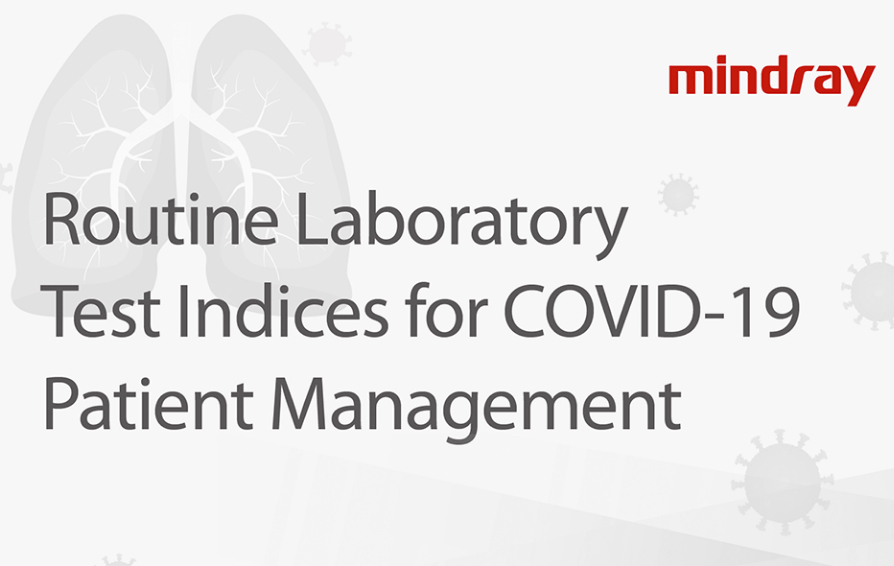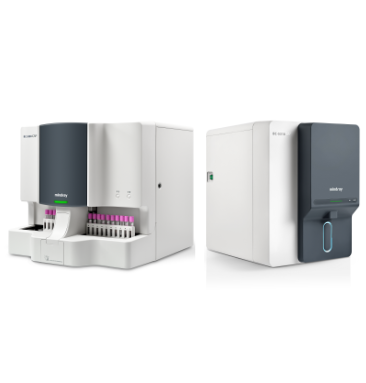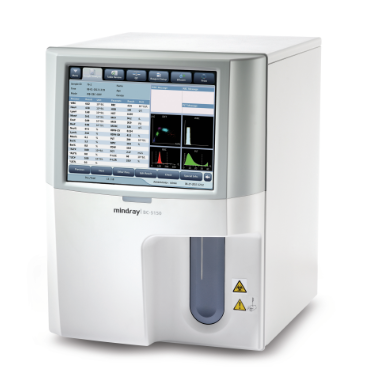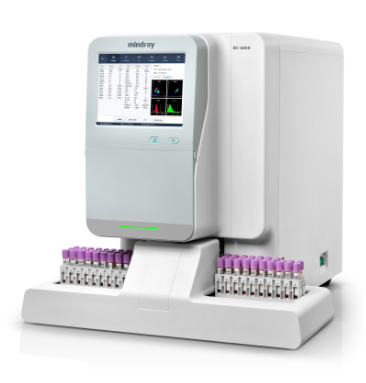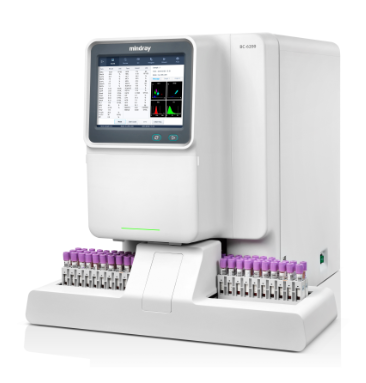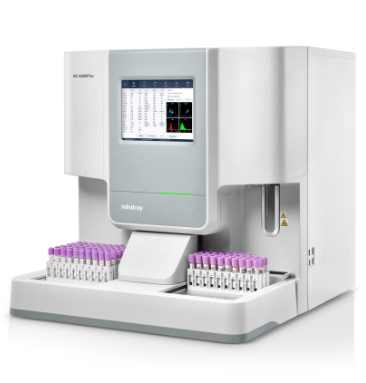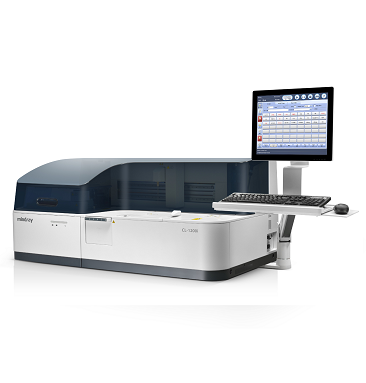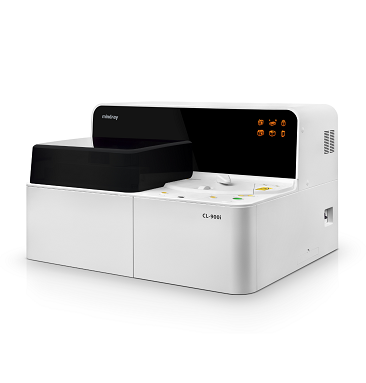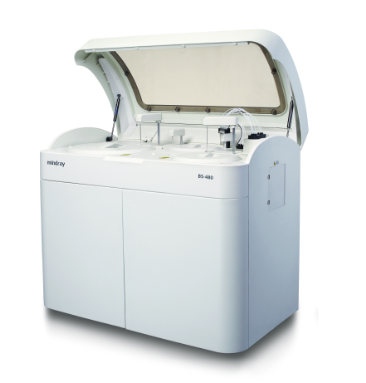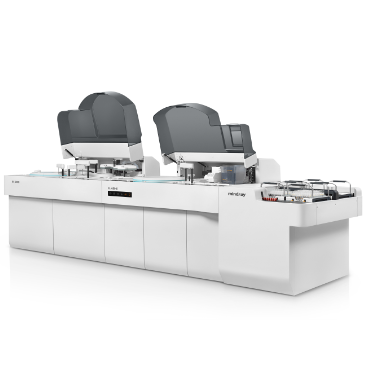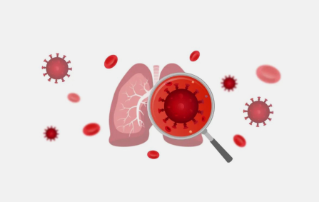Hematology Test Indices
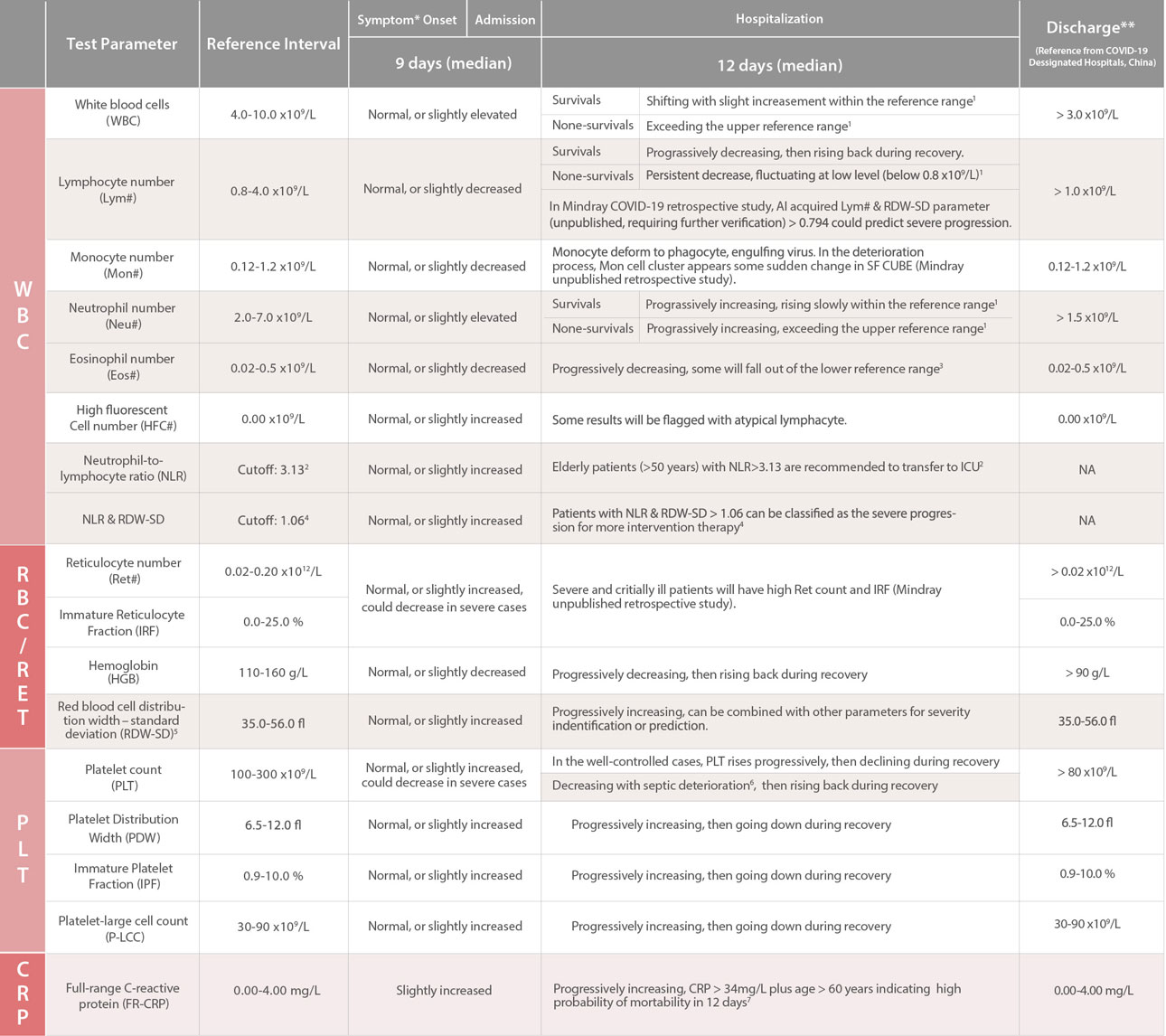
*Symtoms: fever, cough, breathing difficulties, headache, diarrhea
**Discharge: Under the premise that the patient's nucleic acid test result is negative for two consecutive days (alveolar lavage fluid is recommended8 )
CLIA Test Indices
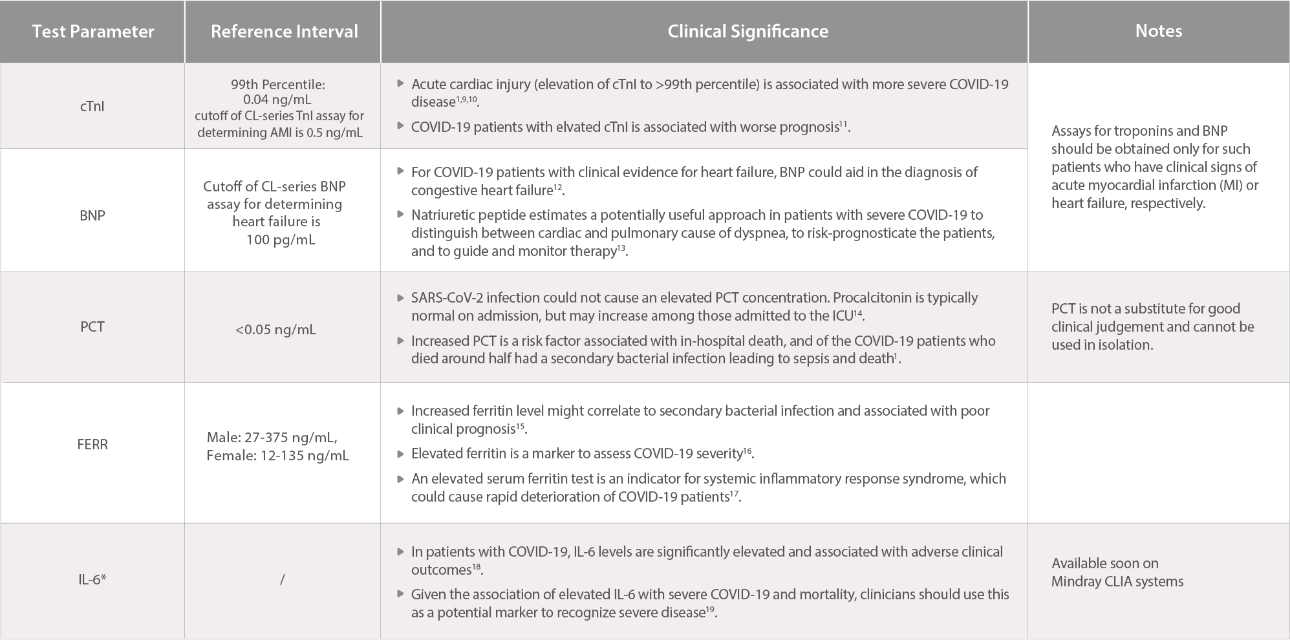
Biochemistry Test Indices

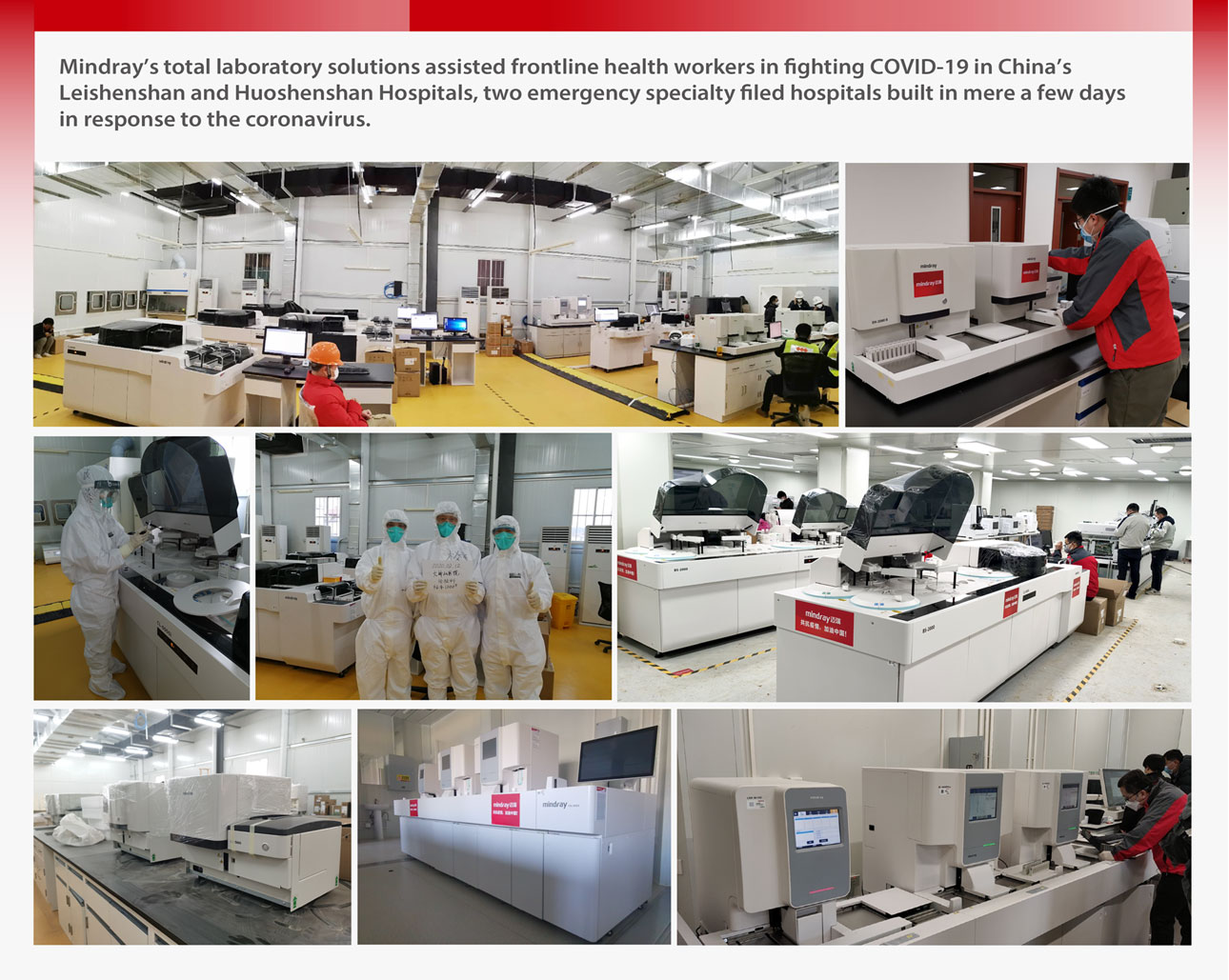
References:
[1]. Fei Zhou, Ting Yu, et al. Clinical course and risk factors for mortality of adult inpatients with COVID-19, a retrospective cohort study. Lancet (2020). doi: 10.1016/S0140-6736(20)30566-3
[2]. Jingyuan Liu, Yao Liu, Pan Xiang, et al. Neutrophil-to-Lymphocyte Ratio Predicts Severe Illness Patients with 2019 Novel Coronavirus in the Early Stage. Medrxiv. doi: 10.1101/2020.02.10.20021584
[3]. Jin-jin Zhang, Xiang Dong, Yi-yuan Cao, et al. Clinical characteristics of 140 patients infected with SARSCoV-2, Allergy. 2020 Feb 19. doi: 10.1111/all.14238.
[4]. Wang CZ, NLR&RDW-SD: Indices for Identifying Severe COVID-19 Patients (to be published officially). https://www.mindray.com/en/presscenter/NLR_RDW-SD__Indices_for_Identifying_Severe_COVID-19_Patients.html
[5]. Ephrem G., Red Blood Cell Distribution Width Should Indeed Be Assessed with Other Inflammatory Markers in Daily Clinical Practice. Cardiology. 2013;124(1):61. doi: 10.1159/000345925.
[6]. G. Lippi, M. Plebani, B. Michael Henry, Thrombocytopenia is associated with severe coronavirus disease 2019 (COVID-19) infections: A meta-analysis, Clinica Chimica Acta (2020). doi: 10.1016/j.cca.2020.03.022
[7]. Jiatao Lu, Shufang Hu, Rong Fan, et al. ACP risk grade: a simple mortality index for patients with confirmed or suspected severe acute respiratory syndrome coronavirus 2 disease (COVID-19) during the early stage of outbreak, medRxiv. doi: 10.1101/2020.02.20.20025510
[8]. Xiao-Hong Yao, Zhi-Cheng He, Ting-Yuan Li, Hua-Rong Zhang, et al. Pathological evidence for residual SARS-CoV-2 in pulmonary tissues of a ready-for-discharge patient. Cell Research (2020) 0:1–3. doi: 10.1038/s41422-020-0318-5
[9]. Wang D., Hu B., Hu C., et al. Clinical characteristics of 138 hospitalized patients with 2019 novel coronavirus-infected pneumonia, JAMA, 2020.
[10]. Lippi G., Lavie C.J., Sanchis-Gomar F. Cardiac troponin I in patients with coronavirus disease 2019 (COVID-19): Evidence from a meta-analysis. Prog Cardiovasc Dis, 2020.
[11]. Ruan Q., Yang K., Wang W., Jiang L., Song J. Clinical predictors of mortality due to COVID-19 based on an analysis of data of 150 patients, Intensive Care Med, 2020.
[12]. James L. Januzzi Jr. American College of Cardiology: Troponin and BNP use in COVID-19.
[13]. Kunal Mahajan, Prakash Chand Negi. The role of natriuretic peptide estimation in severe COVID-19.Monaldi Archives for Chest Disease, 2020.
[14]. Interim Clinical Guidance for Management of Patients with Confirmed Coronavirus Disease (COVID-19). US CDC.
[15]. Bo Zhou, et al. Utility of Ferritin, Procalcitonin, and C-reactive Protein in Severe Patients with 2019 Novel Coronavirus Disease.
[16]. Clinical guide for the management of critical care for adults with COVID-19 during the coronavirus pandemic. UK NHS.
[17]. Colafrancesco S, et al. COVID-19 gone bad: A new character in the spectrum of the hyperferritinemic syndrome?. Autoimmun Rev. 2020.
[18]. Coomes E, et al. Interleukin-6 in COVID-19: A Systematic Review and Meta-Analysis. doi: https://doi.org/10.1101/2020.03.30.20048058
[19]. Aziz M, Fatima R, Assaly R. Elevated Interleukin-6 and Severe COVID-19: A Meta-Analysis. J Med Virol. 2020.
